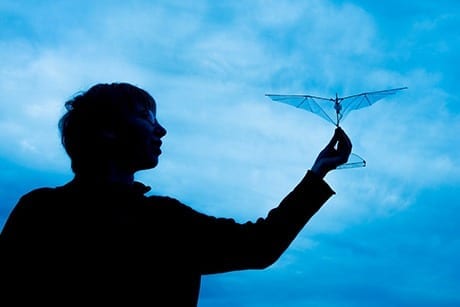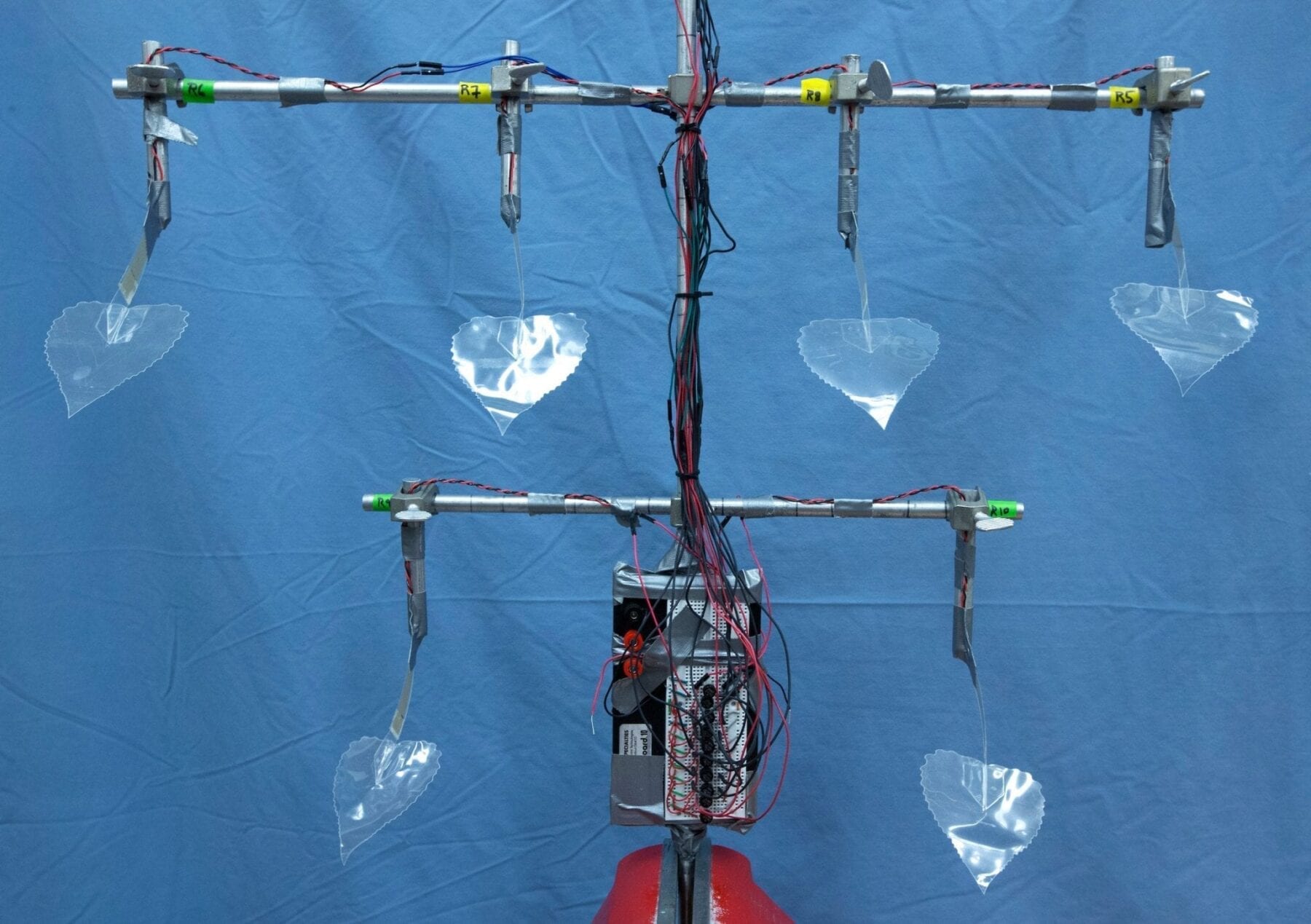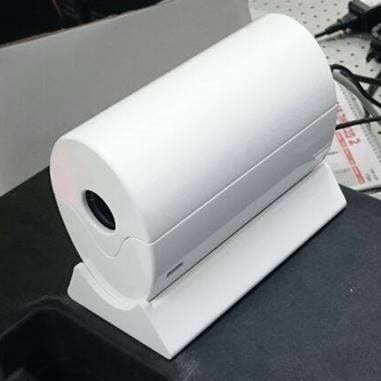
Researchers in the US have taken inspiration from nature to create a robotic wing that can recover from mid-air collisions
By examining the wings of birds and bats, the researchers, from Stanford University, have created a mechanism that could allow future flying robots to easily squeeze between obstacles, such as branches of a tree, and fully recover after accidental hard impacts.
The results have been published today, 26 March, as part of a special issue in IOP Publishing’s journal Bioinspiration and Biomimetics.
Whilst animals have mastered the art of manoeuvring through complex environments, researchers have yet to design mechanisms that make it easy for man-made robots.
When it comes to flying, birds such as pigeons and swallows can morph their wings until they are tucked close into their body, allowing them to pass through gaps.
In their study, the researchers created one of the first mechanisms in which the morphing of the wing was completely passive, requiring no actuation to fold or unfold, making the wing much lighter and more reliable.
The robotic wing was modelled on bat and bird wings and was made using carbon fibre and Mylar film. Similar to a bird wing, each of the two robotic wings had a wrist joint, which were custom built using a 3D printer.
The pin joint connected the arm wing and the hand wing. The arm wing attached to the body of the robot at the shoulder joint, which initiated the flapping. The complete wing set had a wingspan of 400 mm and a length (chord) of 80 mm.
The wrist joint of the wing was hinged so, as the rest of the wing flapped, the hand could freely fold and unfold over the arm, much like origami folding, without any actuation.
The researchers performed theoretical, numerical and physical simulations on the robotic wing and successfully demonstrated that when the wing flapped, the folded hand wing was able to unfold back to the full wingspan configuration passively.
Co-author of the study Dr David Lentink said: ‘Both the math and simulations worked out, showing that both tiny and big flapping wings can all morph passively within a wing beat. We were surprised it worked so well.’
The hinged wrist joint also allowed the robotic wing to temporarily morph its hand when it came into hard contact with a rigid object; in this study the researchers used a 7mm steel rod. The joint allowed the robotic wing to comply with the object at impact and, after impact, the flapping motion caused the wing to automatically re-extend.
This is similar to how the flexible feathers of a bird allow for impact with obstacles without affecting the structural integrity of the wing.
Lead author of the study Amanda Stowers said: ‘While birds are capable of responding to unexpected disturbances to their wings, these same disturbances would break the wings of most drones. By adding a passive wrist joint, the flapping wing we have produced can withstand an impact and recover automatically back to its original position.
‘Furthermore, the flapping wing can resist impact with minimal added weight and without any computer intelligence or power.’
Read more: Morphing wings help drones manage collisions
The Latest on: Biomimetic robots
[google_news title=”” keyword=”Biomimetic robots” num_posts=”10″ blurb_length=”0″ show_thumb=”left”]
via Google News
The Latest on: Biomimetic robots
- The best sales to shop this weekend: Baby Foot, Athleta, Bose and moreon April 26, 2024 at 9:12 am
This weekend, you’ll find a deal on an Eddie Bauer camping tent, a discounted travel steamer and savings on Bose QuietComfort Ultra Headphones. All that and more below.
- Top 6 Humanoid Robot Companies To Consider As A New Trend Potentially Takes Offon April 22, 2024 at 8:37 am
Discover the booming global market for humanoid robots set to reach $38 billion by 2035. Click for a full review of current humanoid robotics firm developments.
- How the Optimus Tesla Bot humanoid robot is madeon April 22, 2024 at 5:21 am
Tesla, renowned for its groundbreaking innovations in electric vehicles and sustainable energy, has moving into the realm of humanoid robotics over the ...
- Video: Multi-talented underwater robot uses fins to swim, walk and crawlon April 15, 2024 at 12:35 pm
A new underwater robot can swim through the water with fins, and walk or crawl along the bottom when necessary. These capabilities could really give it a leg up – pun fully intended – at outperforming ...
- Optogenetics Illuminates Cerebellum's Role in Neuroprostheticson April 15, 2024 at 9:24 am
The field of neuroprosthetics, which enables the brain to operate external devices like robotic limbs, is starting to gain traction as a potential treatment option for individuals who are ...
- Mimicking fish to create the ideal deep-sea submersibleon April 15, 2024 at 8:53 am
More than 80% of the Earth's ocean has yet to be mapped. This is due, in part, to the challenges associated with deep-sea exploration, including intense pressure, zero visibility and extremely cold ...
- 4D Printed robot dances and crawls via temperature shiftson April 14, 2024 at 5:00 pm
A race-chase scenario featuring two LCE robots. The 4D printed inchworm robot developed by the Jilin University team offers an exciting glimpse into this biomimetic future. Though still far from ...
- The best sales to shop this weekend: CeraVe, Bose, ColorWow and moreon April 12, 2024 at 9:00 am
This weekend, you’ll find a deal on a Nebula projector, a discounted Apple HomePod Mini and savings on a hair product from ColorWow. All that and more below.
via Bing News










